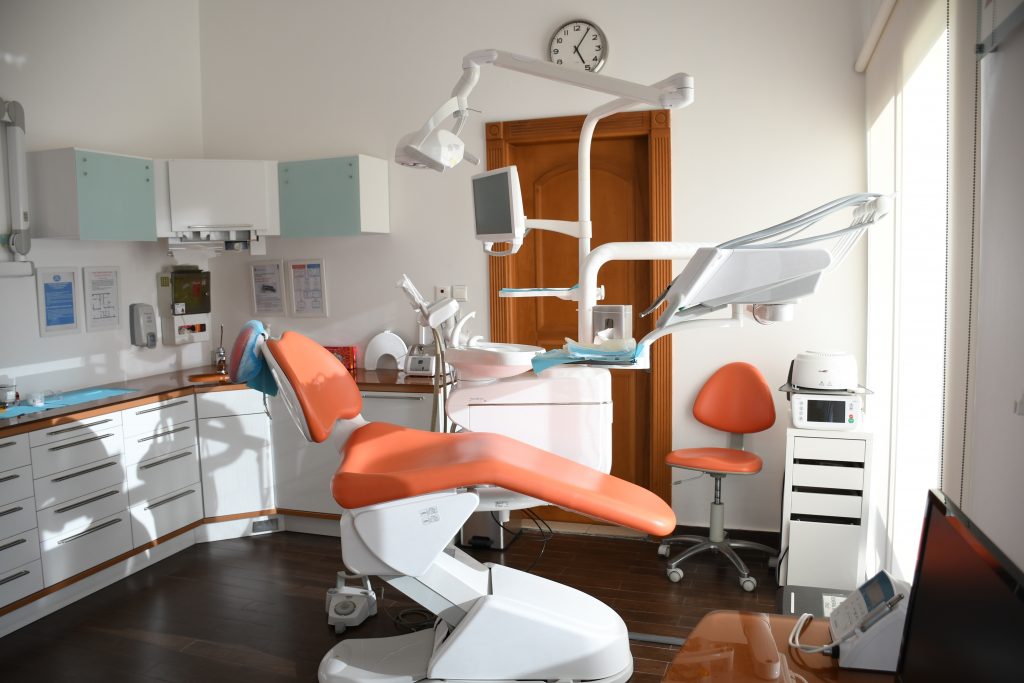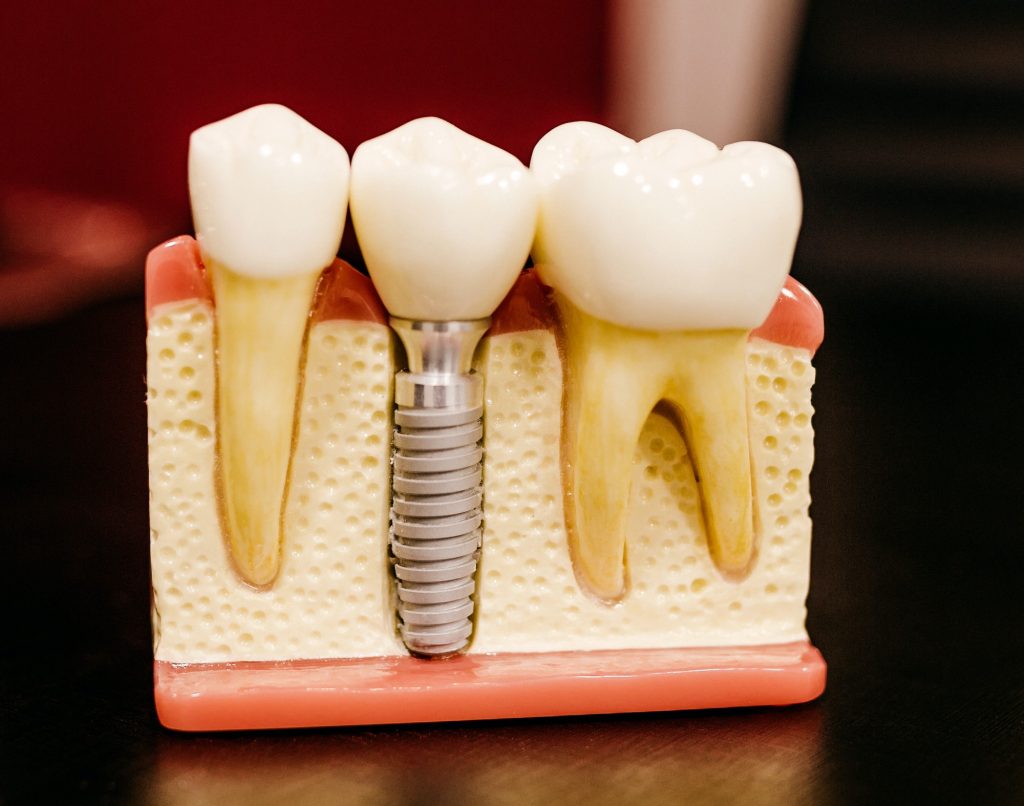4 Bad Foods for Teeth (and 8 Good Ones)

Most of us are used to eating for our general health, but what about our dental health?
Being aware of bad foods for your teeth can help you make smarter choices about what you eat on a regular basis. This is critically important, since the importance of oral health goes far beyond just having squeaky clean teeth and gums.
Your oral health is closely intertwined with the holistic health of your body. Just as certain health conditions can lead to more severe oral health problems, the opposite is true too, with poor oral health introducing more bad bacteria into your body and either leading to certain illnesses or making it more difficult to fight off ones you already have.
And while you’re probably familiar with the basics of good oral hygiene—including regular brushing, flossing, and visits with your dentist—you might be less aware of the strong connection between what you eat and how healthy your mouth is. Certain bad foods for teeth can actually degrade enamel and make you more prone to plaque growth, in turn putting you at risk of cavities and other dental problems.
The fix: pay more attention to what you eat, including limiting bad foods for teeth and eating more of the stuff that helps keep your teeth healthy. Here’s a look at what those foods are, plus other things that you can (and should!) do to protect your oral health.
4 Bad Foods for Teeth
All food is not created equal when it comes to dental health. You don’t need to totally eliminate certain foods from your diet in order to keep your mouth at its best, but you should be aware of what they are so that you can limit consumption. Here are four of the worst oral health offenders.
1. Citrus Fruit
When it comes to acidic foods, teeth aren’t the biggest fans. This includes citrus fruits like lemons, grapefruit, oranges, and tomatoes, all of which have a high acid content that can seriously erode enamel over time. Of course, there are plenty of health benefits to these types of fruits too, including high amounts of key nutrients like vitamins A, C, and B6. Instead of avoiding them entirely, simply make them part of a meal instead of eating them on their own to provide some balance and help protect your teeth.
2. Chewy Candies and Sweets
You’re probably not surprised to see sugary treats on this list, but it’s not just their sweetness that makes these foods bad for your mouth. Chewy candies stick to your teeth, leading to build-up and keeping all that sugar right where you don’t want it to be. If you have a sweet tooth, opt for less sticky options—or better yet, swap in low-sugar or sugar-free alternatives.
3. Carbonated Drinks
Soda—even the diet varieties—can wreak havoc on your tooth enamel. That’s due to its special combination of sugar, acid, and chemicals, all of which can lead to tooth decay. Seltzer is a better option if you’re a big fan of carbonation, and if you do have a taste for soda, limit your consumption so it’s a rare treat instead of an everyday indulgence.
4. Dried Fruits
Fruit is making another appearance on this list, and this time in its dried form. Like sticky sweets, dried fruits are super high in sugar and cling on to your teeth. Eat them in moderation, but make a point of swapping them out for fresh fruit more often than not.
What About Foods That are Good for Your Teeth?
On the flip-side of the above list are foods that strengthen teeth instead of break them down. And fortunately, there are lots of them—including these four:
Leafy greens: Get in your greens! Dark, leafy varieties like kale and spinach provide your teeth and gum with much-needed vitamins and minerals while adding a crunch factor to meals that aids in cleaning your teeth.
Certain dairy products: Cheese, milk, and yogurt are low in sugar and high in calcium, which is a perfect recipe for helping build up your tooth enamel.
Apples and pears: Crunchy and sweet, these fibrous fruits help neutralize acid in your mouth and stimulate your gums to promote the beneficial flow of saliva.
Nuts: When it comes to nuts and your teeth, it’s okay to go, well, nuts. Many nuts contain calcium and phosphorus—both of which are great for your teeth. And certain nuts like cashews and Brazil nuts can even help fight the bacteria that leads to tooth decay.
Balance is always key. So although you don’t have to completely avoid foods that are bad for teeth, make a point of prioritizing the foods that are good for them, and don’t forget to drink plenty of water too.
Other Ways to Maintain Your Oral Health
Eating for oral health is essential, but why stop there? While we already mentioned this above, it’s worth a reminder that you should have a well-rounded routine when it comes to your oral health, which will include regular cleaning (brushing, flossing, and mouthwash), as well as maintaining visits with your dentist.
Visit our website for more information on keeping your teeth at their healthiest—and tips on dealing with problems when they do occur.

